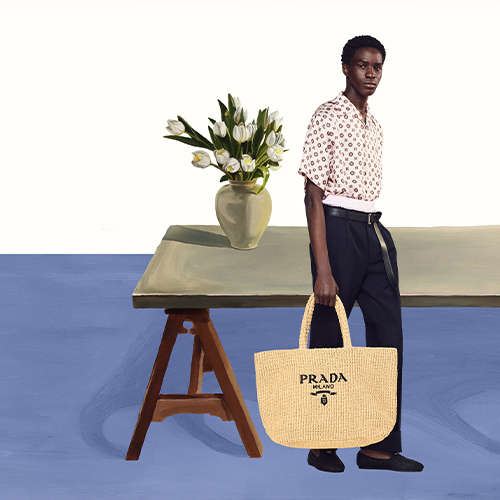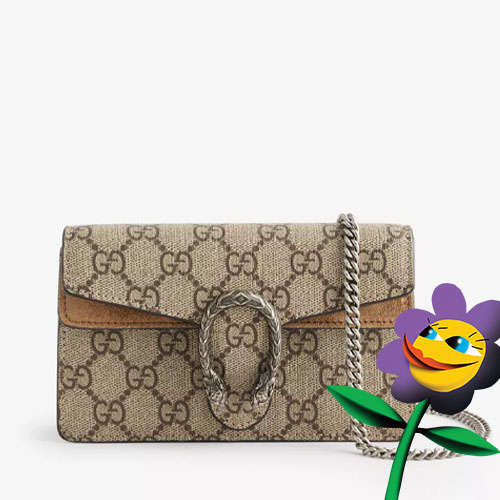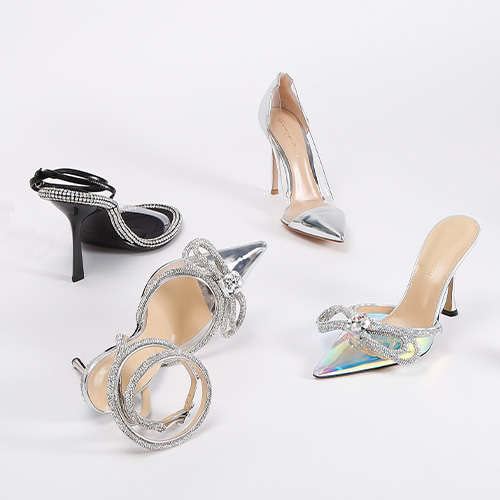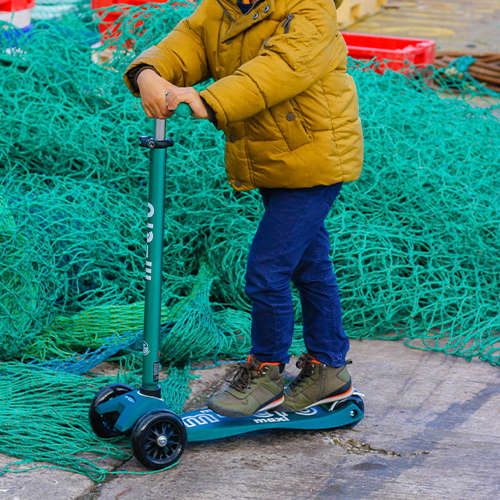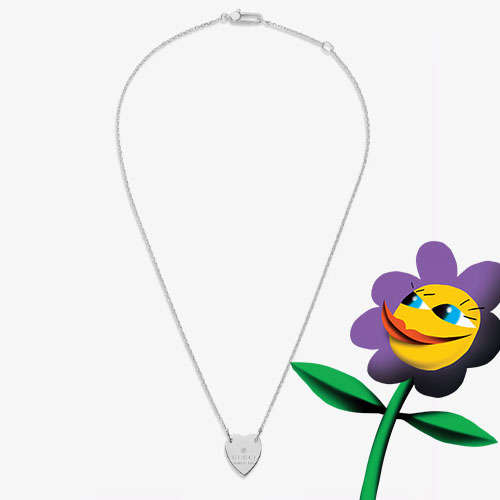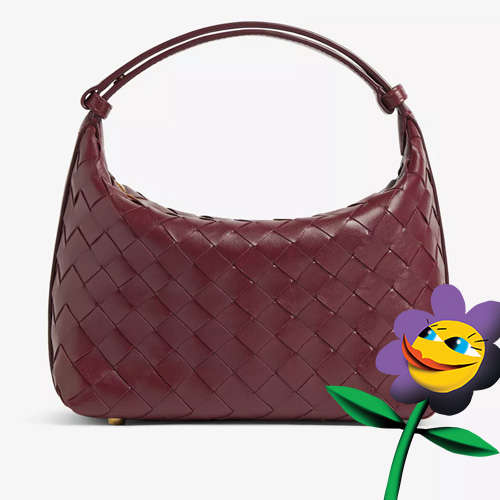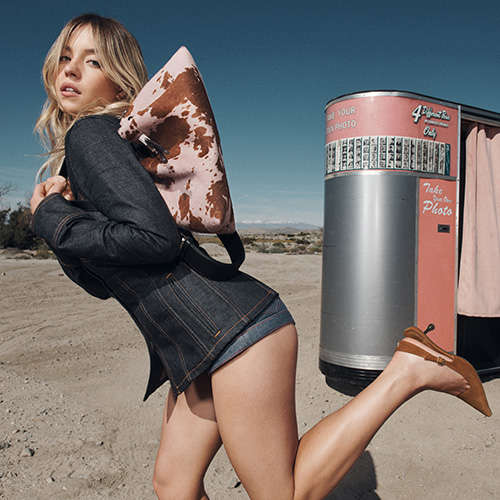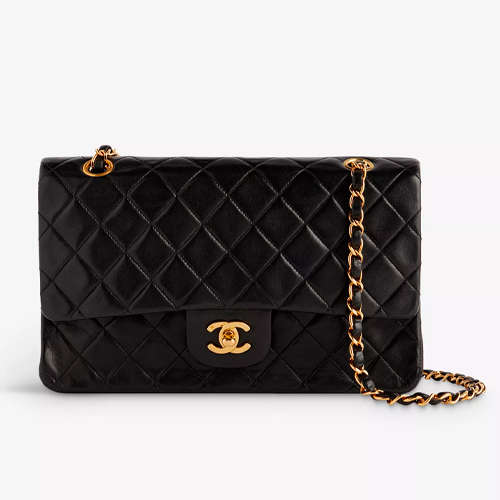- Australia / AUD $
- Canada / CAD $
- China / CNY ¥
- France / EUR €
- Germany / EUR €
- Hong Kong SAR China / HKD $
- Ireland / EUR €
- Italy / EUR €
- Japan / YEN ¥
- Kuwait / USD $
- Macao SAR China / HKD $
- Netherlands / EUR €
- Qatar / USD $
- Saudi Arabia / USD $
- Singapore / SGD $
- South Korea / KRW ₩
- Spain / EUR €
- Taiwan / TWD $
- United Arab Emirates / USD $
- United Kingdom / GBP £
- United States / USD $
- Not yours? Read more
Tell us what you think
Shop in your local currency and language
You are currently in United States US / USD $ store
- English
- English
- English
- English
- English
- English
- English
- English
- English
- English
- English
- English
- English
- English
- English
- English
- English
- English
- English
- English
- English
Did you know that we deliver to 130 countries or regions and offer a range of delivery options to suit you wherever you are in the world? Find out more
Sign up once to our Selfridges+ service and you can enjoy unlimited deliveries wherever you are in the world. FIND OUT MORE
International delivery
With almost everything on selfridges.com available for International Delivery, you can send your order to 130 countries or regions around the world, including North America, Australia, the Middle East and China.
Although we only offer 20 currencies to browse in online, you can still deliver to all of the following countries or regions:
- Algeria
- Andorra
- Antigua and Barbuda
- Aruba
- Australia
- Austria
- Azerbaijan
- Bahrain
- Bangladesh
- Barbados
- Belarus
- Belgium
- Belize
- Bermuda
- Bolivia
- Botswana
- Brunei
- Bulgaria
- Cambodia
- Canada
- Cayman Islands
- Chile
- China
- Colombia
- Costa Rica
- Croatia
- Cyprus
- Czech Republic
- Denmark
- Dominica
- Dominican Republic
- Ecuador
- Egypt
- El Salvador
- Estonia
- Finland
- France
- French Guiana
- Germany
- Gibraltar
- Greece
- Grenada
- Guadeloupe
- Guatemala
- Guernsey
- Guyana
- Honduras
- Hong Kong
- Hungary
- Iceland
- India
- Indonesia
- Ireland
- Israel
- Italy
- Jamaica
- Japan
- Jersey
- Jordan
- Kazakhstan
- Kenya
- Kuwait
- Laos
- Latvia
- Lebanon
- Lesotho
- Liechtenstein
- Lithuania
- Luxembourg
- Macau
- Malaysia
- Maldives
- Malta
- Martinique
- Mayotte
- Mexico
- Monaco
- Montserrat
- Morocco
- Myanmar
- Namibia
- Netherlands
- New Zealand
- Nicaragua
- Nigeria
- Norway
- Oman
- Pakistan
- Panama
- Paraguay
- Peru
- Philippines
- Poland
- Portugal
- Puerto Rico
- Qatar
- Reunion
- Romania
- Rwanda
- Saint Kitts and Nevis
- Saint Lucia
- Saint Martin (French part)
- San Marino
- Saudi Arabia
- Serbia
- Singapore
- Slovakia
- Slovenia
- South Africa
- South Korea
- Spain
- Sri Lanka
- Suriname
- Swaziland
- Sweden
- Switzerland
- Taiwan
- Tanzania
- Thailand
- Trinidad and Tobago
- Turkey
- Uganda
- Ukraine
- United Arab Emirates
- United Kingdom
- United States
- Uruguay
- Venezuela
- Vietnam
BIRKENSTOCK X CENTRAL SAINT MARTINS
Meet the four Central Saint Martins design graduates who have redesigned the classic Birkenstock sandal.
Words: Charlotte Core. Campaign photography: Walter Pfeiffer
We’re always on the lookout for emerging creative talent here at Selfridges – from our Bright New Things initiative for up-and-comers in sustainability, to our artist-in-residence programme (where we support an artist’s work for a year by providing a studio space in central London). Now, we’ve teamed up with four design graduates from Central Saint Martins’ class of 2020, whose iterations of the classic Birkenstock sandal were selected for a unique capsule collection, available to shop at Selfridges.
Shop the collection:
Synonymous with unfussy functionality, German heritage brand Birkenstock has specialised in orthopaedic support since 1774, but its ultra-comfy sandals feel especially pertinent right now, while our party shoes are lacking invitations. British Vogue dubbed them “officially the sandal of 2020”, thanks to their wear-with-literally-anything appeal – whether that’s sweatpants and socks (our cosy lockdown uniform of choice) or tailored trousers – and their popularity shows no sign of abating. “Ever since the patron saint of understated style, Phoebe Philo, sparked a resurgence in 2013, Birkenstocks have held their appeal among fashion brands and fans,” says Selfridges Fashion Editor Thea Bichard. “The brand’s diverse collaborations are quite literally on a solid footing: a deceptively simple, functional style that lends itself to being dressed up and reimagined.”
As an educator, I want my students to think that their being creative gives them commercial potential. Working with Birkenstock has been an incredibly formative and gratifying experience.
– Fabio Piras, Central St Martins’ MA Fashion Course Director
Chosen by a panel of judges from Birkenstock and Central Saint Martins, the four designers – Saskia Lanaerts, Dingyun Zhang, Alex Wolfe and Alecsander Rothschild – gave the ever-popular Birkenstock a fashionable shake-up, with design inspirations ranging from duvets to Constantin Brâncuși sculptures.
Read on to meet the designers and discover their unique sandals, captured in campaign images shot by renowned photographer Walter Pfeiffer.
How does it feel to be a part of this project with Birkenstock and Selfridges?
It’s incredibly rewarding. The panel of judges who initially selected our designs was diverse and consisted of so many accomplished people. That respect from a big company such as Birkenstock feels unique. Having the sandals stocked at Selfridges further accredits us as designers in our own right.
What fascinated you most about your explorations into the Birkenstock archive, and how did that shape your eventual design?
I was fascinated by the technology and the composition of the cork and latex footbed and inspired by the beauty of its functionality. It is the foundation that Birkenstock rests upon, and it’s the foundation that you physically stand on when wearing the sandal, so I felt instantly it should be my starting point to the design process. It was created based on a shape derived from our natural form – the imprints of our feet, and where the pressures lie. The footbed consists of two shapes that I feel are effortlessly aesthetic – it seemed inevitable for me to bring them out from under the foot and shine a spotlight on the iconic sole Birkenstock is built upon. I wanted to create a cushioned upper to go hand in hand with the footbed to celebrate its heritage.
One of your references was the idea of a footprint left behind in the sand. The beach has such positive connotations – would you say that your shoe explores ideas of escape, freedom and optimism?
My shoe reflects optimism and freedom. I believe my outlook on life is optimistic, hence why in my work I try to offer an optimistic solution. I see no point in designing something if it would dwell in the negative. I use negative space in a positive way. But I don’t see this shoe as an escape; it is rather optimistic realism. The imprint is a reference to our ecological footprint, asking us to consider our impact and showcasing Birkenstock as a brand that has continued to produce all parts of their shoes in Germany and sourced all materials in Europe. Something we should all strive to do more. This design is a celebration of natural beauty and form that I believe Birkenstock has built its functionality and success upon.
How does it feel to be a part of this project with Birkenstock and Selfridges?
Selfridges has always been one of my favourite places to visit as a customer, and as a spectator of its commercial direction. It’s always been a dream of mine to have something I’ve created sell in Selfridges.
The functionality and comfort of Birkenstock footwear was a central inspiration for you. What makes the brand and its signature shoe so special?
Birkenstock always manages to keep its signature identity, even throughout its collection of collaborations. The footbed was the best component to combine with my concept of comfort, given it moulds to the foot of every individual – I like how this technology combines function and comfort as one concept.
How did the various materials that make up a Birkenstock shoe – the cork, the latex, the leather – inform your design?
The technology behind the cork and latex used in the footbed is engineered for comfort. I wanted to select materials and a silhouette to complement that concept and create a cohesive product of comfort. I experiment with combining synthetic fabrics with different processes to create alternatives to animal textiles for long-lasting accessories and luxury goods.
Longevity is a key focus in your design. Birkenstock is a brand that excels at this – people wear its shoes for years, and they mould with age. Was this something that inspired you about the brand, and how did you celebrate this ethos within your own design?
The long-lasting technology that goes into its shoes was a good foundation to work from. In my own collections, I use highly durable textiles to give the wearer long-lasting protection from the environment.
How does it feel to be a part of this project with Birkenstock and Selfridges?
It has been incredible to have the support of a global brand like Birkenstock. Especially at this moment in time, graduating into an uncertain world. Birkenstock has been so dedicated to our collaboration from the beginning, from sketch to realisation – and now Selfridges. Growing up in London, I would always daydream walking past the Selfridges window displays, so this is very surreal for me!
Your work focuses on ideas of ‘Britishness’. How did you unite this with the German DNA that is so central to the Birkenstock brand?
The Birkenstock is an iconic shoe; it’s about practicality. The foundation was there, so it was an opportunity to really have fun with it. ‘Britishness’ is kind of subjective and abstract, but I am influenced by the world around me. I wanted to capture a playful sense of irony and a youthful masculinity.
What struck you the most when spending time in the Birkenstock archive? Was there anything about the brand that surprised you?
I was struck by Birkenstock’s extensive history, which dates back to the late 1700s. The brand has really stood the test of time.
Your inspiration focused on combining a supportive shin brace with protective motocross gear. Why did these two opposing inspirations feel so relevant, and how did you bring them into your design?
I like to work between the lines of something playful and something serious. Exploring that duality is very natural for me. There’s something very uncertain about that combination that maybe expresses and reflects how I see the world right now.
Your work considers masculinity as a key theme. What role can fashion play in shaping and influencing society’s ideas of gender?
I was so happy when I found out we would be working with Walter Pfeiffer because I’m a big fan. Fashion has a big influence on society’s ideas of gender. I want to build an identity that is inclusive and playful; it can be subtle and unexpected, and it can be sometimes absurd. I think fashion has the responsibility to challenge ideas of gender in some ways, otherwise nothing would move forward.
How does it feel to be a part of this project with Birkenstock and Selfridges?
It feels super overwhelming to get an opportunity of this magnitude in such an early point of my career as a designer. To get an opportunity to have my name on such a democratic product, which will reach so many people because of Selfridges and Birkenstock.
For this collaboration with Birkenstock, your inspiration came from Brâncuși – a classic reference. What was it that fascinated you about his work?
I decided on working with Brâncuși as a reference because I really liked the simplicity of his work. Upon further research into Brâncuși, you find all these minor details that are quite contradictory, such as a smooth surface, but somewhere the sculptures have zigzags forced into the marble or brass, which contrasts with what you see overall when first looking. This became the foundation of my idea for my sandals.
How did you decide on the colour palette for your shoe?
I wanted to use the colours from Brâncuși’s world, with a harsh contrast like metallic silver.
What were the things that surprised and intrigued you most during your explorations into the Birkenstock history and archive?
When starting this project, I really didn’t know that much about Birkenstock as a whole, so I was actually super surprised about finding out Birkenstock has existed since 1774. I was also intrigued to learn that Birkenstock was the first to ever put shape into the insole of shoes – before, all shoes were completely flat inside.
You have a background in tailoring. What role do structure and shape play in your work?
For me, studying tailoring definitely affects the way I appreciate and approach garments. I love the work that goes into making structured garments. When I have the time to really put in that effort, it becomes very meditative for me. I can sit and hand-sew for hours without stopping. And I think that’s where my love of embellishment also comes into the picture; I really like the meditative aspect of embroideries.



